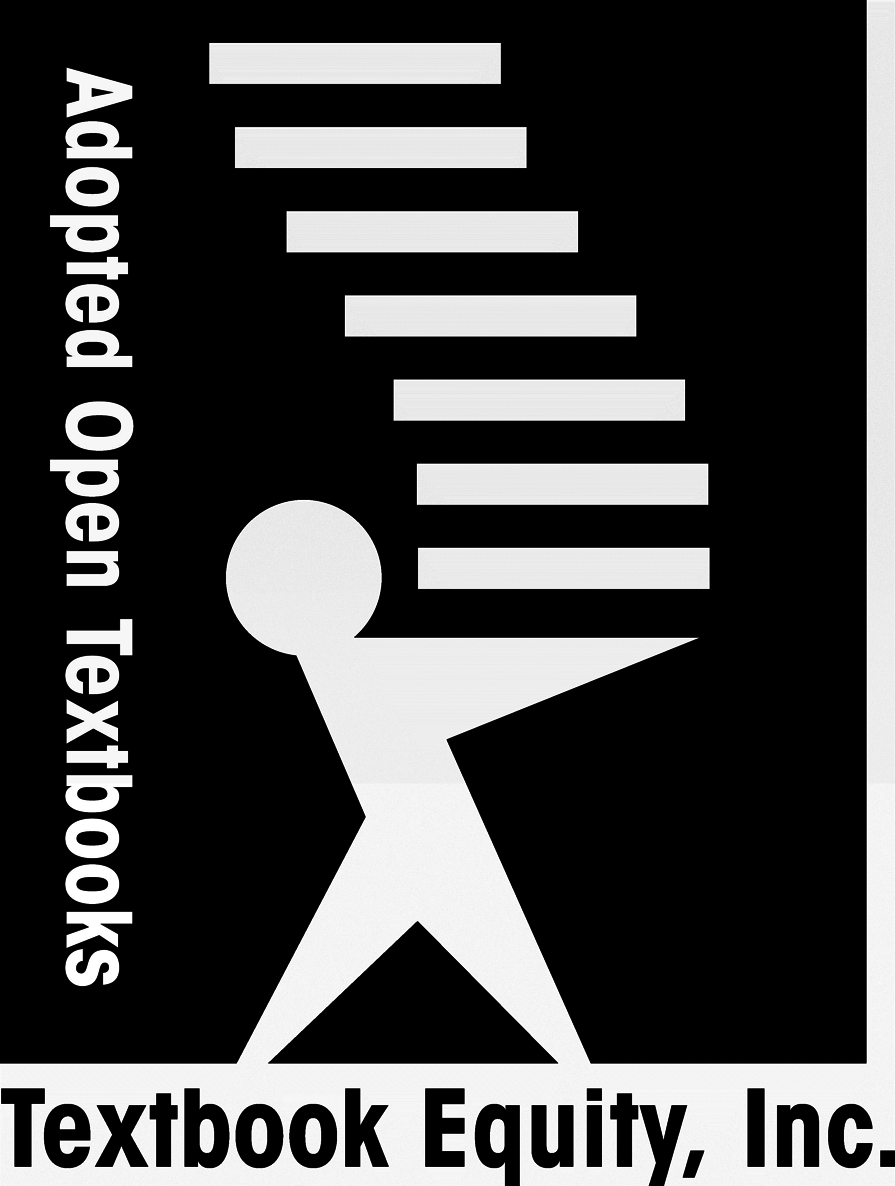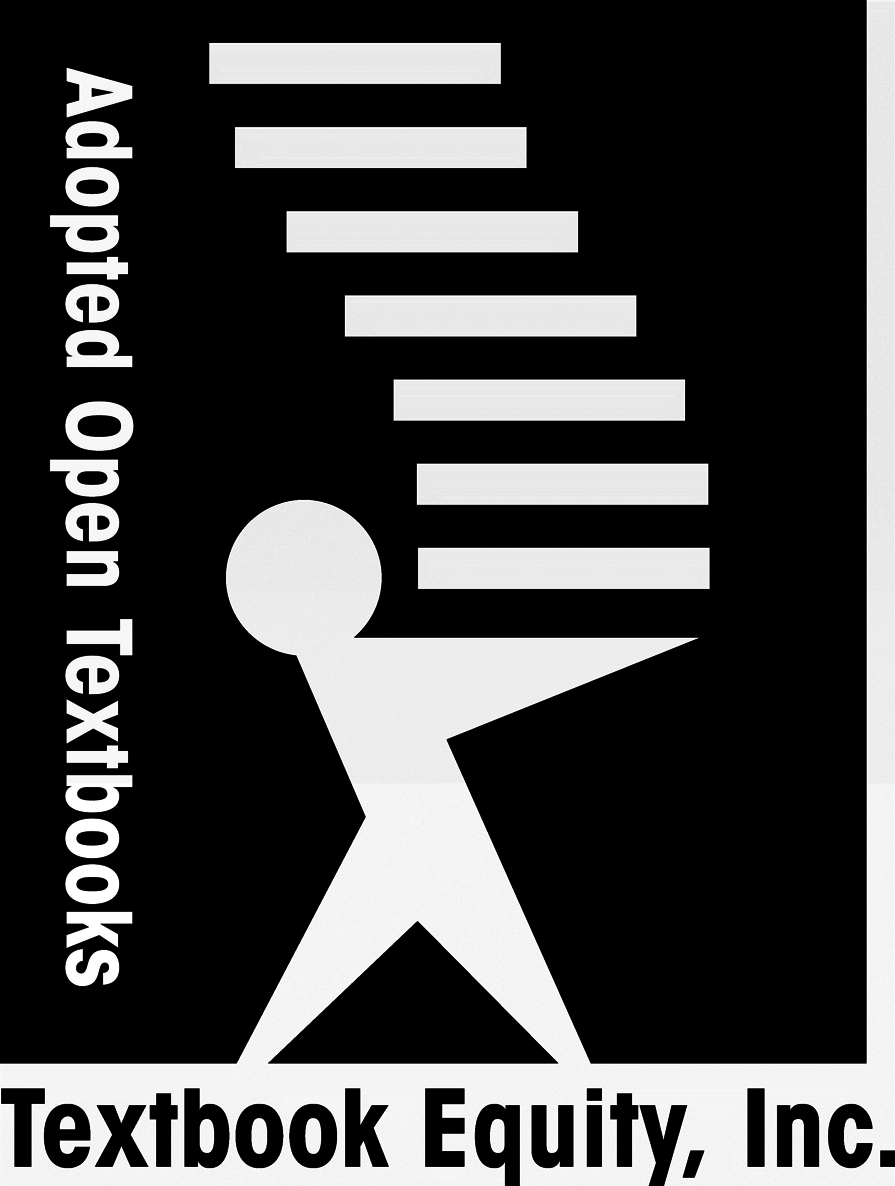
Basic Microeconomics
Adapted from the original work
by Professor R. Larry Reynolds, PhD
Boise State University
Publication date: May 2011
A Textbook Equity Open* College Textbook
*Fearless copy, print, remix(TM)
www.textbookequity.com
www.opencollegetextbooks.org
License: Creative Commons BY-NC-SA
ISBN-13: 978-1461175810
ISBN-10:146117581X
1

About This Publication
Simply put, you may copy, print, redistribute, and re-purpose this textbook or
parts of this textbook provided that you give attribution (credit) to Textbook
Equity, and provided that any derivative work has the same or more liberal
Creative Commons license (CC-BY-NC-SA)
Textbook Equity, in turn, provides attribution, with thanks, to Professor R.
Larry Reynolds, who provided the source textbooks.
Consistent with it’s strategic mission to provide free and low-cost textbooks,
this is Textbook Equity’s derivative work based on “Basic Microeconomics” ,
utilizing the permissions granted by it’s Creative Commons license. Professor
R. Larry Reynolds is not responsible in any way for this printing or it’s
contents.
Textbook Provenance (2004 - 2011)
2004-2007 Editions
Basic Microeconomics (http://www.boisestate.edu/econ/lreynol/web/Micro.htm) by Professor R. Larry Reynolds, Boise State University. Released under Creative
Commons license (CC-BY) April 2010 by R. Larry Reynolds.
2011 Editions (http://opencollegetextbooks.org)
Textbook Equity publishes this soft cover version using a CC-BY-NC-SA license. No
content changes were made to original version. Textbook Equity added a table of
contents and index. Versions available at the Open College Textbook repository:
•
PDF Version, (Chapters 1 – 15), 301 pages, Free Download
•
Textbook Equity Paperback, (Chapters 1 – 15), 301 pages, List Price $34.95
For author information see opencollegetextbooks.org
2
Table of Contents
1 Introduction to Microeconomics.......................................................8
1.1 Economics as a Study of Provisioning..............................................................9
1.2 Economics as a Study of the Allocation of Scarce Resources........................10
1.3 Social Science and Economics........................................................................10
1.3.1 Role of Individual in the Community.......................................................11
1.3.2 Cooperation, Competition and Conscription..........................................12
1.3.3 The Nature of an Economic System and Processes within a System.....14
1.3.4 Social Interaction and Technology..........................................................15
1.4 The Problem of Provisioning..........................................................................16
1.4.1 Social Interaction......................................................................................17
1.4.2 Economic Activities..................................................................................21
2 The Problem of Provisioning...........................................................25
2.1 Introduction....................................................................................................25
2.2 Social Interaction............................................................................................26
2.3 Specialization..................................................................................................26
2.4 Division of Labor............................................................................................28
2.5 Coordination of Efforts...................................................................................29
2.6 Economic Activities........................................................................................30
2.6.1 Production...............................................................................................30
2.6.2 Distribution.............................................................................................31
2.6.3 Consumption...........................................................................................32
2.6.4 Coordination, Competition and Cooperation........................................33
2.7 Technology......................................................................................................34
2.8 Economic Decisions........................................................................................37
2.8.1 Rules ........................................................................................................37
2.8.2 Intuition..................................................................................................38
2.8.3 Reason and Rational Behavior...............................................................38
2.8.4 Information.............................................................................................38
2.8.5 Rationality and Information..................................................................40
3 Introduction to Ways of Knowing....................................................41
3.1 Facts, Information, Knowledge and Wisdom................................................42
3.2 Hypotheses, Theories, Laws and Models.......................................................43
3.3 Foundations of “Science”................................................................................45
3
3.4 Explanation, Prediction and Storytelling .....................................................50
3.5 Logic.................................................................................................................51
3.5.1 Deductive Reasoning...............................................................................52
3.5.2 Inductive Reasoning................................................................................52
3.5.3 Abductive Reasoning...............................................................................53
3.6 Epistemology and Economic Methodology...................................................53
3.6.1 A Taxonomy of Knowledge......................................................................54
3.6.2 Brief Survey of Epistemology.................................................................56
3.6.3 Milton Friedman.....................................................................................59
3.6.4 Deirdre McCloskey..................................................................................60
3.7 Which Methodology is “Correct?”..................................................................63
3.8 The Standard View of the Scientific Method.................................................64
4 Individuals and Community............................................................65
4.1 Institutions......................................................................................................66
4.2 Institutions and Costs....................................................................................68
4.3 Morality, Justice and a Stable Society............................................................71
4.4 Agents..............................................................................................................74
4.5 Organizations and Agents...............................................................................76
4.6 Objectives........................................................................................................77
4.7 Economic objectives........................................................................................79
5 Criteria for Evaluation.....................................................................81
5.1 Criteria to Evaluate Ends and Means.............................................................82
5.2 Ethics...............................................................................................................82
5.3 Efficiency ........................................................................................................85
5.3.1 Technical Efficiency.................................................................................87
5.3.2 Production Possibilities Function...........................................................87
5.3.3 Pareto Efficiency.....................................................................................96
5.3.4 Some practical ethics.............................................................................103
5.3.5 Efficiency and ethics (again!)................................................................104
6 Introduction to the Rules of the Game and Economics Systems....106
6.1 Economic Systems.........................................................................................106
6.1.1 Traditional Economies...........................................................................107
6.1.2 Command Economies............................................................................110
6.1.3 Market.....................................................................................................113
6.1.4 Role of Government...............................................................................116
6.1.5 Property Rights.......................................................................................117
4
6.1.6 Domestic Justice.....................................................................................117
6.1.7 National Defense.....................................................................................117
6.1.8 Provision of collective or public goods .................................................118
6.1.9 Promote Competition.............................................................................119
6.1.10 Safety Net.............................................................................................120
6.2 Property Rights.............................................................................................120
6.2.1 Property Rights And Markets................................................................122
6.2.2 Issues In Property Rights......................................................................126
7 Economic Way of Thinking.............................................................130
7.1 Market Exchange as an Allocative Mechanism............................................130
7.1.1 Voluntary Exchange................................................................................132
7.1.2 Economic Way of Thinking....................................................................135
8 Demand and Supply in a Market System........................................149
8.1 Demand Function..........................................................................................149
8.1.1 Individual Demand Function................................................................150
8.1.2 Market Demand Function.....................................................................151
8.1.3 Change in Quantity Demand ................................................................153
8.1.4 Change in Demand.................................................................................154
8.1.5 Inferior, Normal and Superior Goods...................................................155
8.1.6 Compliments and Substitutes...............................................................156
8.1.7 Expectations...........................................................................................157
8.2 Supply Function............................................................................................157
8.3 Equilibrium...................................................................................................160
8.3.1 Market Adjustment to Change..............................................................163
8.3.2 Shifts or Changes in Demand................................................................163
8.3.3 Equilibrium and the Market.................................................................167
9 Demand and Consumer Behavior..................................................168
9.1 Consumer Choice and Utility........................................................................168
9.1.1 Utility......................................................................................................168
9.1.2 Individual’s demand function...............................................................180
9.1.3 Market Demand .....................................................................................181
9.1.4 Consumer Surplus.................................................................................182
9.1.5 Producer Surplus...................................................................................182
9.1.6 Elasticity ................................................................................................183
10 Production and Cost.....................................................................199
10.1 Production...................................................................................................199
10.1.1 (1) Production Unit..............................................................................201
5
10.1.2 (2) Production Function......................................................................202
10.1.3 (3) Time and Production....................................................................203
10.1.4 (4) Production in the Short-Run .......................................................204
10.1.5 Cost......................................................................................................209
10.1.6 Costs and Production in the Short-Run..............................................210
10.1.7 Graphical Representations of Production and Cost Relationships.....211
10.1.8 Relationship of MC and AVC to MPL and APL...................................215
10.1.9 Production and Cost Tables.................................................................217
10.1.10 Production and Cost in the Long-run...............................................220
11 Optimization and Markets ...........................................................226
11.1 Objective, constraints and alternatives.......................................................226
11.2 Criteria to evaluate alternatives..................................................................227
11.2.1 Marginal Analysis.................................................................................232
11.2.2 Market Exchange and Efficiency ........................................................236
11.2.3 Prices as Information...........................................................................237
12 Pure Competition.........................................................................239
12.1 Market Structure.........................................................................................239
12.1.1 Characteristics of Pure Competition....................................................241
12.2 The Firm in Pure Competition....................................................................241
12.2.1 Profit Maximization in the Short Run.................................................243
12.2.2 Profits in Long Run Pure Competition...............................................248
13 Firms With “Market Power” ........................................................253
13.1 Monopoly ....................................................................................................255
13.1.1 Profit Maximization In a Monopoly.....................................................257
13.1.2 Imperfect Competition and Monopolistic Competition.....................259
13.1.3 Demand Faced by Monopolistically (Imperfectly) Competitive Firm
.........................................................................................................................260
13.1.4 Profit Maximization in Imperfect or Monopolistic Competition.......261
13.2 Oligopoly.....................................................................................................263
13.2.1 Kinked Demand Model........................................................................264
13.2.2 Performance........................................................................................266
14 Markets for Inputs and Distribution of Income...........................268
14.1 A. The Demand for Inputs..........................................................................270
14.1.1 Supply of Inputs...................................................................................274
14.1.2 Market for Inputs.................................................................................275
14.1.3 Income Distribution.............................................................................276
15 Property Rights and Markets........................................................281
6
15.1 Private Property Rights...............................................................................281
15.2 Transferability.............................................................................................282
15.3 Enforceability..............................................................................................282
15.4 Exclusivity...................................................................................................283
15.5 “Market Failure” and Property Rights.......................................................284
15.5.1 Externalities.........................................................................................284
15.5.2 Public or Collective Goods..................................................................286
15.5.3 Common Property...............................................................................286
16 References...................................................................................288
7
1 Introduction to Microeconomics
1 INTRODUCTION TO MICROECONOMICS
Archeological and written records of human existence suggest that
obtaining the material means to satisfy wants has been a perpetual problem.
Food and shelter are requirements of human life. Other goods satisfy a range
of human desires and give pleasure or utility to individuals. The study of ways
that humans deal with these problems of provisioning is called “economics.”
The evolution of processes to solve the provisioning problem takes place in
a social context. As a result, the economy is a subsystem and is interrelated
with a variety of other social subsystems. These subsystems include (but are
not limited to) economic, political, religious, social, geographic, demographic,
legal, and moral systems. The psychology of individuals is also fundamental to
the social system. From the time of the Greeks (e.g. Xenophon [430-355
BCE], Plato [427-347 BCE] and Aristotle [384-322 BCE]) through the Classical
economists (e.g. Adam Smith [1723-1791], Thomas Malthus [1766-1834] and
David Ricardo [1772-1823]), economics was treated as part of philosophy,
religion and/or moral philosophy.
During the 19th century, social science emerged and separate disciplines
were carved out. Economics, psychology, sociology, politics, anthropology and
other branches of social science developed as separate fields of study. In the
last part of the 19th century, “political economy” became “economics.” Since
that time, economics has been frequently defined as “the study of how scarce
resources are allocated to satisfy unlimited wants.” As a professional
discipline, economics is often regarded as a decision science that seeks
optimal solutions to technical allocation problems. In this text, economics is
presented from two perspectives. First, the process of provisioning will be
8
1 Introduction to Microeconomics
presented. The second perspective is the technical analysis of the processes
by which scarce resources are allocated for competing ends.
1.1 ECONOMICS AS A STUDY OF PROVISIONING
Provisioning treats economics as a social science. Economics as a study
of provisioning includes the historical and philosophical foundations and
context of economic behavior. The tradeoffs between the economic and non-
economic goals are considered. The interrelationships of economic life with
justice, ethics, morality, creativity, security and aesthetic values are of
concern. Human societies have attempted a broad array of alternative
systems to deal with the problem of provisioning. Some have been more
successful and other less so. Some systems have lasted for thousands of
years with few changes. Other systems have come and gone quickly. In some
cases environmental problems have cause the demise of societies. In other
cases, the societies ended abruptly with social revolution. In other cases, the
societies adapted to changing circumstances and evolved over time. Mayan,
Egyptian, Roman, Incan are only a few of the societies that have come and
gone. Archeological studies continually find evidence of societies that
flourished and ultimately failed. In some cases they were destroyed from
outside forces: the Spanish ended the Aztec and Incan societies. In other
cases, the causes were environmental: there is a hypothesis a drought is
responsible for a dramatic change in the Mayan society.
Economics as a study of provisioning is concerned with the relationships
among individuals, between individuals and the community, and between
individuals, society and natural and built environments. Natural environment
refers to the geographic (cultural and physical) and meteorological
phenomena. The built environment consists of the infrastructure and
9
1.1 Economics as a Study of Provisioning
knowledge that a society has inherited and created. It should be noted that
humans have the capacity to alter their natural environment in both positive
and negative ways.
1.2 ECONOMICS AS A STUDY OF THE ALLOCATION OF SCARCE
RESOURCES
From a technical perspective, economics is the study of how various
alternatives or choices are evaluated to best achieve a given objective. The
domain of economics is the study of processes by which scarce resources are
allocated to satisfy unlimited wants. Ideally, the resources are allocated to
their highest valued uses. Supply, demand, preferences, costs, benefits,
production relationships and exchange are tools that are used to describe the
market processes by which individuals allocate scarce resources to satisfy as
many wants as possible. This increasingly narrow focus is the domain of
modern, “neoclassical,” microeconomic analysis.
This introductory chapter is intended to introduce some of the
fundamental issues in the study of economics.
1.3 SOCIAL SCIENCE AND ECONOMICS
There is substantial evidence and general agreement that humans live in
social groups. The Western tradition, as framed by the Greeks and the
Judeo/Christian tradition, holds that humans are social animals.
Plato [427-347 BCE] and Aristotle [384-322 BCE] offer explanations of the
rise of the city-state. In T
he R
epublic , Plato sees the origins of the city-state in
the quest for justice. Plato describes a conversation between Socrates and a
group of students. They are pondering the nature of justice. They conclude
that justice is each person doing that which they are best suited to do. The
10
1.3 Social Science and Economics
person best suited to be a baker should be a baker: the person best suited to
be a shepherd should be a shepherd. Once individuals specialize, the city-state
arises to facilitate the interactions among the individuals. [ T
he R





